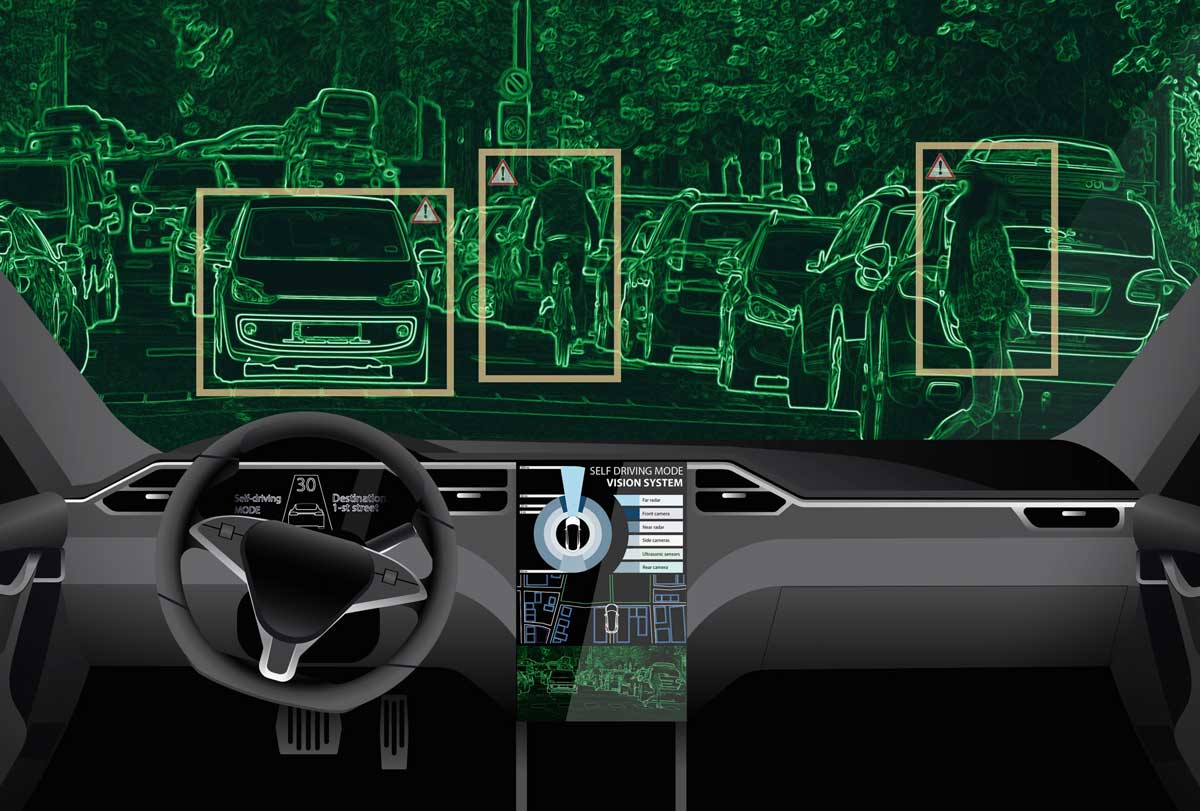Regardless of your role in IT, everyone serves someone. That someone is your customer. They may be external to your department or company, or they may be internal to your department or company. They may even be a single person – your boss or a founder/CEO. IT knowledge workers who focus on the right customer(s) for their role enjoy more job satisfaction, higher engagement, and a stronger sense of commitment to the mission.
It’s difficult to go very wrong when you gain a clear understanding of who your customer is and strive to authentically serve their needs. This article outlines steps you can take to discover your customers, and how you can serve your mission and purpose during the discovery process.
Why Now?
People are changing jobs and roles by the truckload lately. Changing job roles often results in major life changes that can make it hard to get into a customer-centric mindset as you move into your new position. One of the first tasks in a new IT role should be learning who your customers are and what they need from you. This article will help you navigate this aspect of changing roles between and within technology firms or departments.
Discovering Your Customers
It should be obvious who your customer is, but it often isn't. Things like departmental silos and political boundaries can cloud your view of the landscape. That cloudiness can cause you to focus on the wrong people—or worse, systems or concepts rather than people. Make no mistake, people are your customer, not things. If you are working in service to a thing, you are not serving your customer.
For example, if you are a storage admin or engineer, the applications you support are not your customers. The DevOps person filling your SAN up with containers and the DBA who needs dedicated fast storage for transaction logs are your customers. Don't marry yourself to the maturity of a platform, system, or application. Focus on the people who need to use those systems instead.
Go on Tour
Keeping in mind the fact that your customers are always people, a great way to start is by connecting with those people. Get with your manager to find the people who rely on your role. Make sure you aren't only talking to managers and leaders. Spend time getting to know contributors who are hands-on every day. Ask them what makes for a great day/week/month. Ask them what keeps them up at night.
Most importantly, ask them why they answered the way they did. Knowing why will make all the difference when you begin planning your actions.
Tips for your tour:
- Don't schedule more than two per day, so you can plan time to assimilate what you learn
- Ask open-ended questions and make it about the person, not the great thing you want to create
- Leave the technical jargon out. Instead, spend some time learning about the roles of the people you're meeting with. Transpose your technical terms into terms they'll grok—I mean, understand.
- Try to meet them where they live. Don't hold the interview in your server room. Go to them.
- Follow up. If you've been helped by someone you interviewed, make sure to follow up with them to say thanks. This can be the opening to a very productive working relationship.
Write it Down
Take prodigious notes and record the meetings if possible. You could be conducting a lot of interviews, and your notes can be compiled into a qualitative dataset. If you record meetings, you'll be able to go back later to review the finer details of the conversations.
Be Humble and Respectful
Most importantly, remember your humility. You are the invader in this scenario. Any defensiveness or arrogance, no matter how well-tempered, will act against your goals. You need their help, so make sure that sentiment comes through in your interview. If you feel that you are talking more than the person you are interviewing, you are probably being more aggressive than you should be.
Create Personas
Personas aren't only for marketing. A persona in this context can be defined as “the personality a person projects in public.” You can also think of them as composite characters. If you identify that you are serving a large group of customers with diverse personalities, interests, and needs, defining personas can help with your interactions.
Use notes and recordings from your tour to identify recurring personality traits. You can then organize your users by persona, and address their needs in groups rather than one at a time.
Serving the Mission
You can evangelize and promote your vision, mission, and purpose for your new role as you meet your customers. Without making it too much about you, make sure to tell them why you are here and how that impacts what they do.
You want to leave them with the feeling that you are going to be investing in their needs while also making them feel heard and acknowledged. If you can do this, you'll have a head start on your working relationships as well as your mission.
Keys to Success
Here are the main points to remember:
- A customer discovery tour can be extremely beneficial in understand your customers and their needs as you onboard to a new role.
- Your customers are always people.
- Remain humble and mission-oriented as you interview customers.
- Retain every detail with notes and recordings. Develop personas to help organize a large stable of customers.
Knowing who your true customers are and what they need is key to success in your new IT role. When you empathize with and relate to your customers' needs, you are already on your way.





















